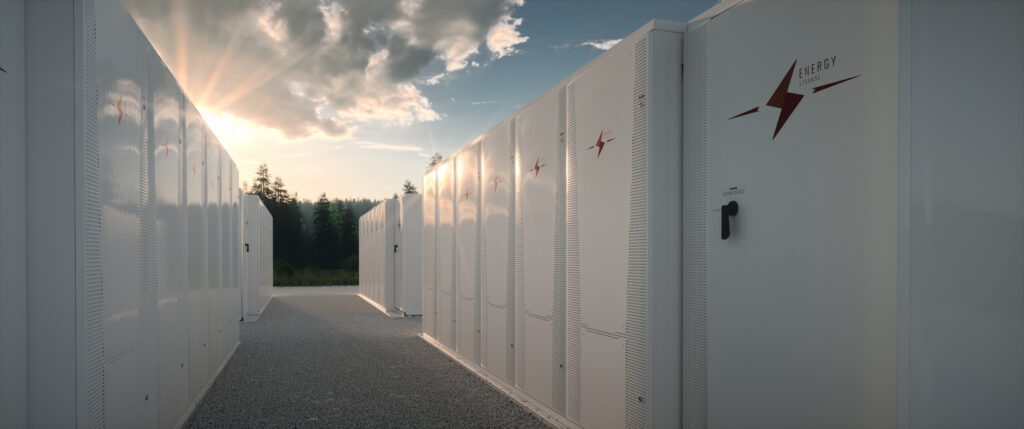
Sizing a battery energy storage system depends on numerous factors to ensure it meets the specific needs of its intended application.
Defining the objective is the first step. Where will the BESS be located, what type of energy generation sources will it have and what load capacity does it require, will be some of the questions that need answering. If you need help with setting up your first BESS, DEUTZ Technical Support Team and our authorised dealers are available to help establish and efficient system.
Analysing how much energy needs to be generated is a good starting point. Will it be supporting the main grid during times of peak demand or is the system required to completely supply a community of 2,000 residents? Is there historical data that can be consulted? Will there be increased demand in this particular situation in the future?
Sourcing renewable energy is essential when setting up your BESS . Is there access to renewable energy generators such as solar and/or wind solutions? . For example, solar power is one of the most common options, hence integration and capacity of solar panels must be considered.
Storage duration can vary from hours to days, depending on the specific application, so is the system being used for backup support only, or is it the main source of energy delivery?
Batteries incur losses during charging and discharging. These efficiencies and losses need to be evaluated, as a higher round-trip efficiency means more accurate sizing.
There are different types of batteries available, with some better suited to specific tasks than others. Choosing the right one for the job is essential, by considering power capability, energy density, cycle life, maintenance and cost.
DEUTZ Australia offers an expandable battery storage system that can effectively meet these needs. It is available in both low voltage (ranging from 9 kVA to 36 kVA) and high voltage battery platforms (ranging from 45 kVA to 90 kVA).
Once the size has been evaluated, it makes sense to increase the BESS as insurance against future increased demand and expansion.
A final economic analysis should be made to evaluate the cost-effectiveness of the BESS. Things to consider include initial costs, running costs, maintenance costs, life-span and potential revenue streams.
It is possible to evaluate the efficiency of a BESS through computer simulation. All the different permutations can be input to a modelling and simulation program which will assess the adequacy and efficiency of the chosen battery system and aid design.


